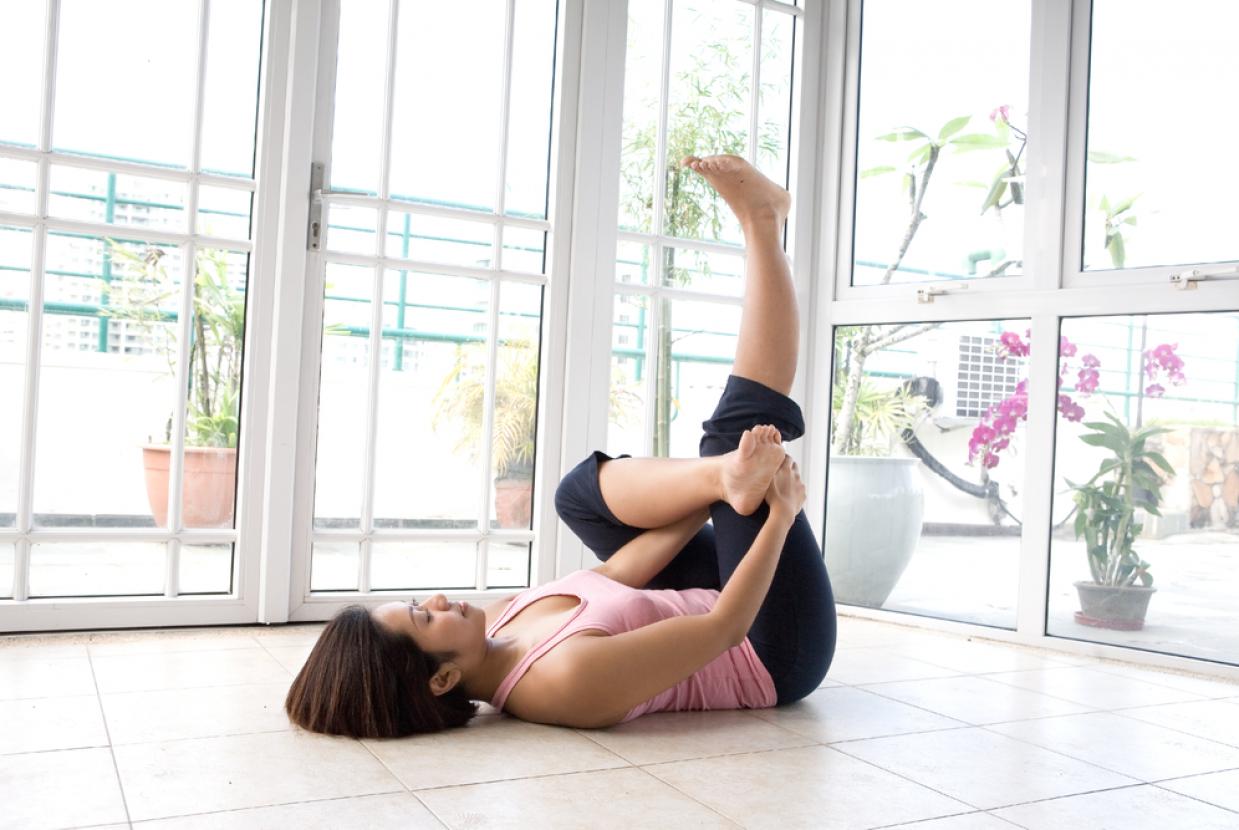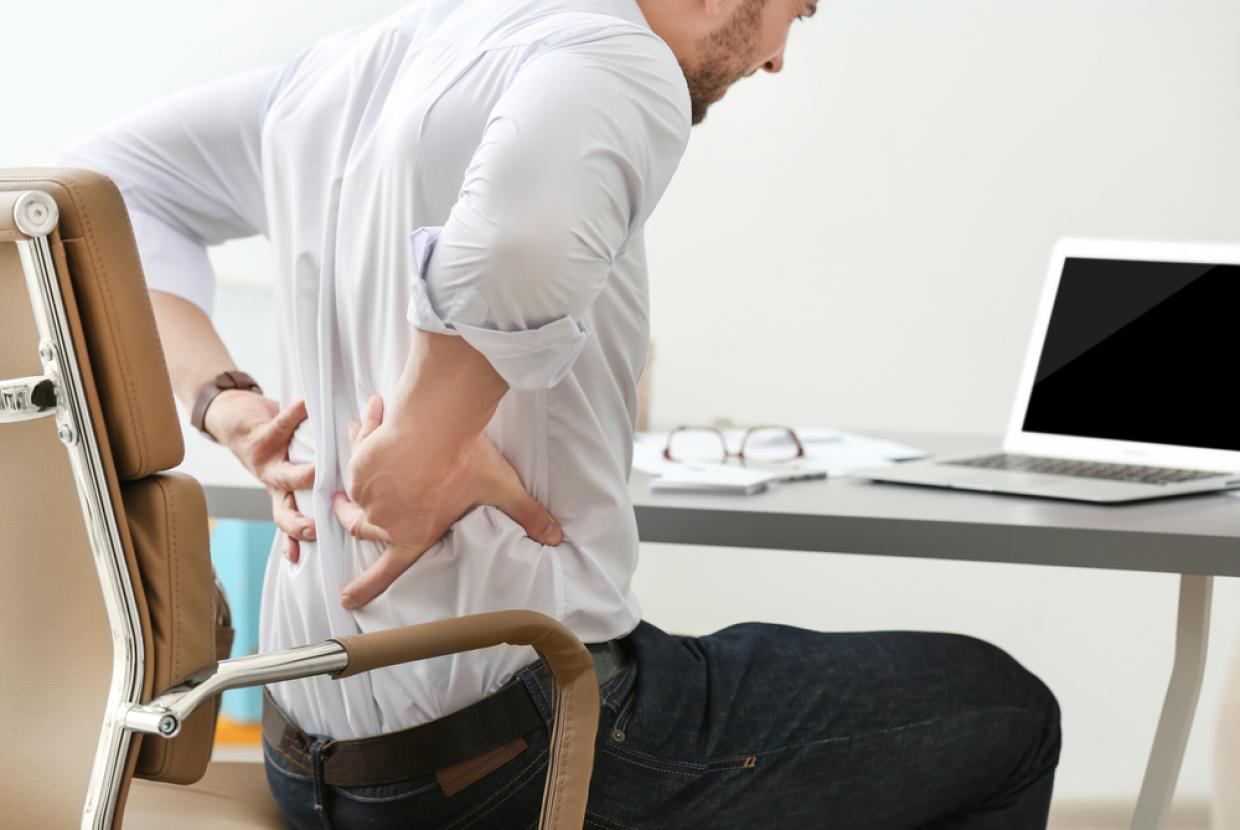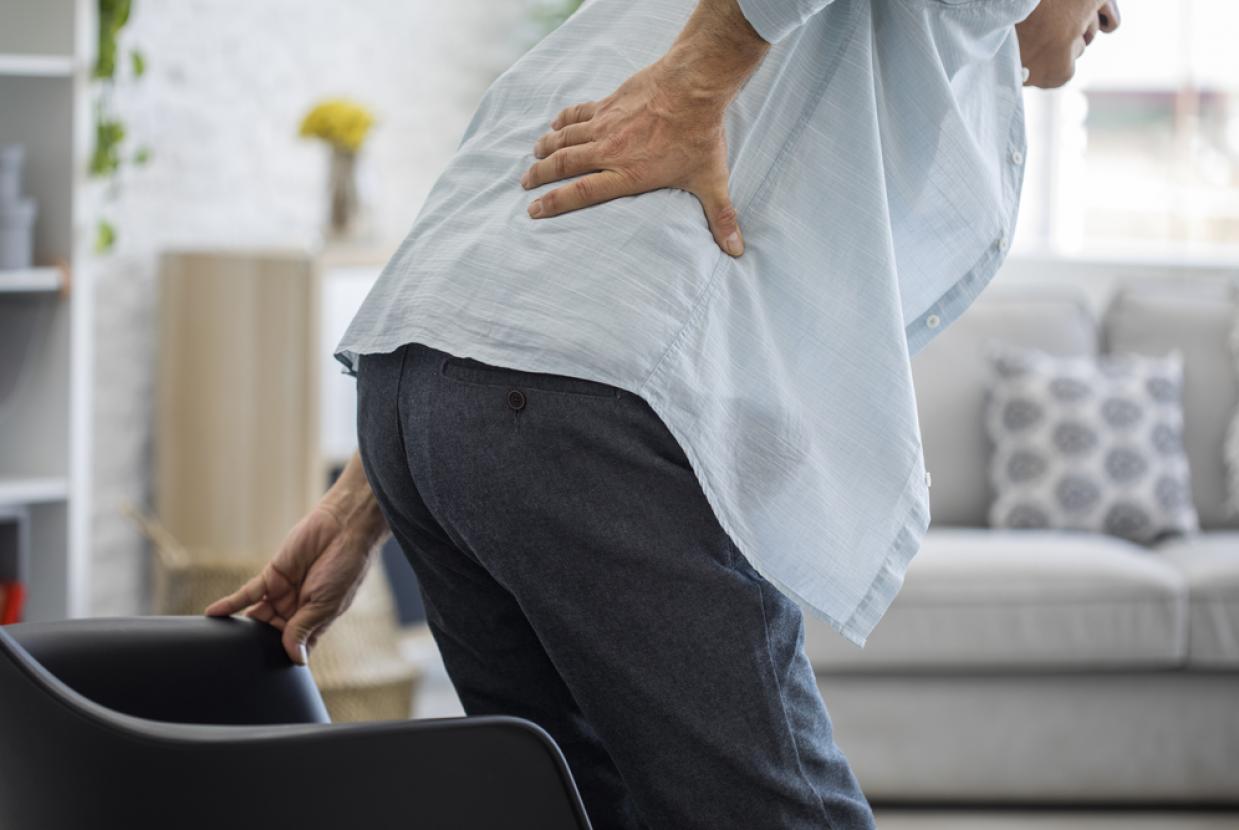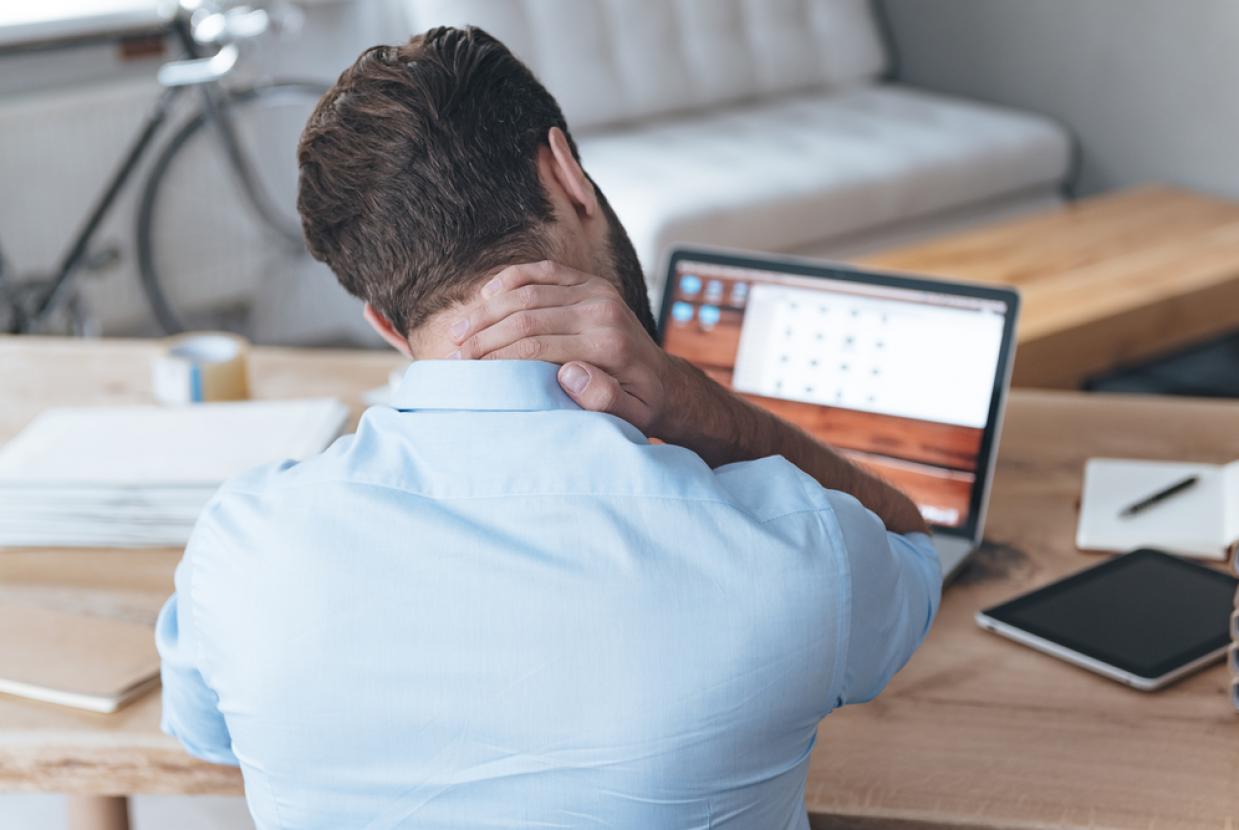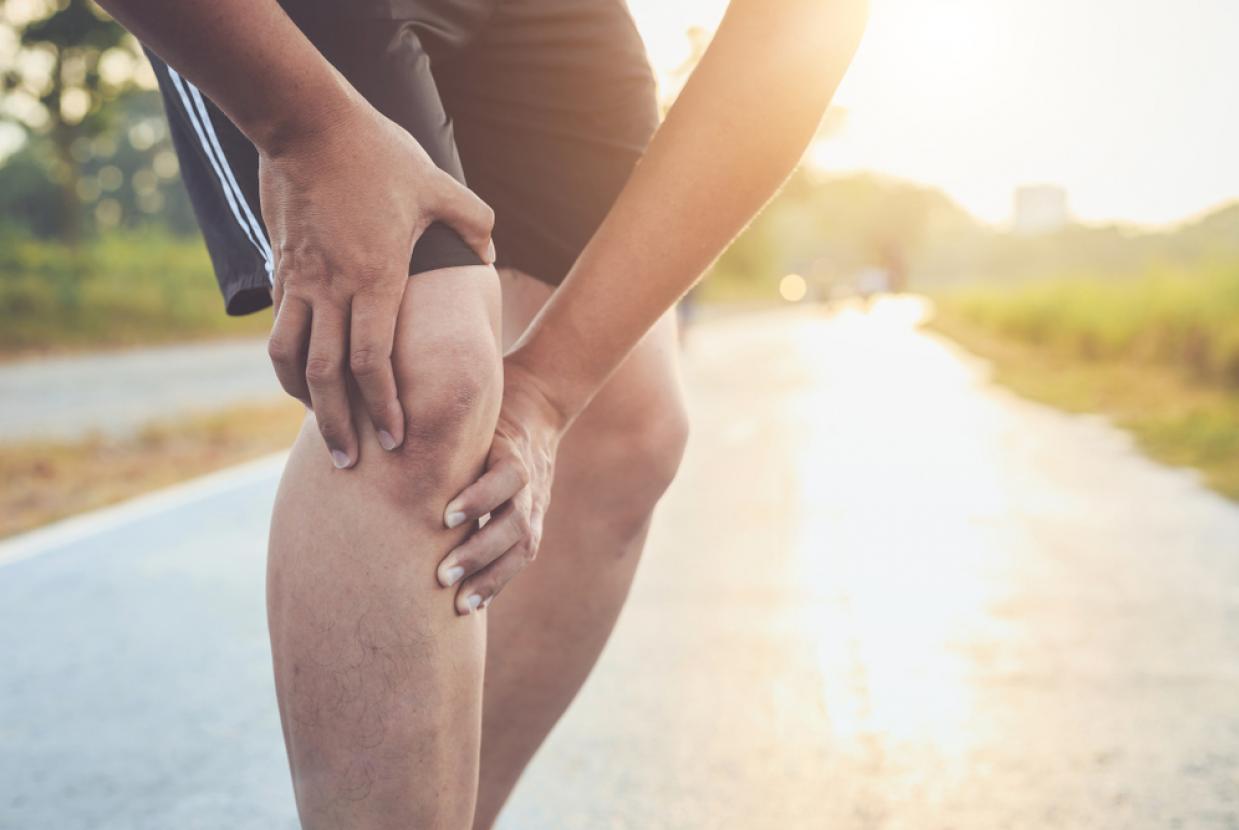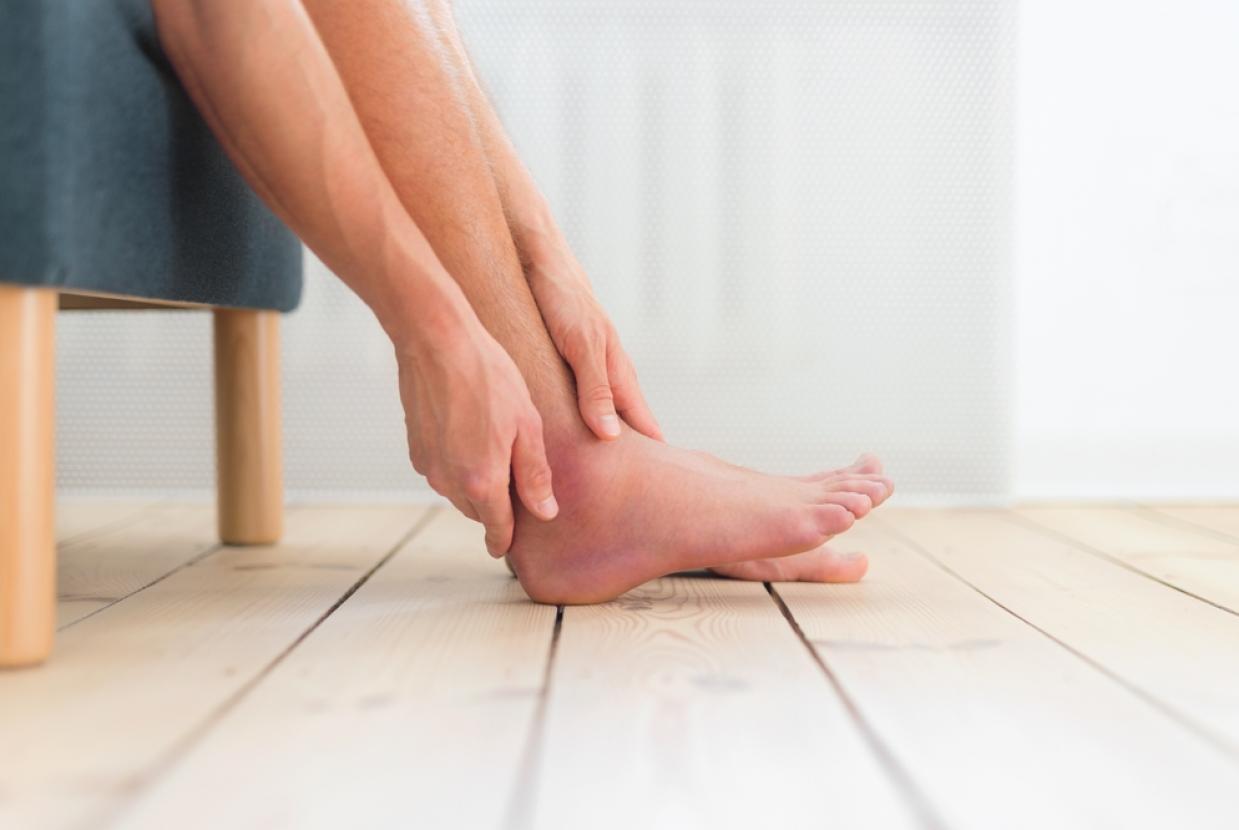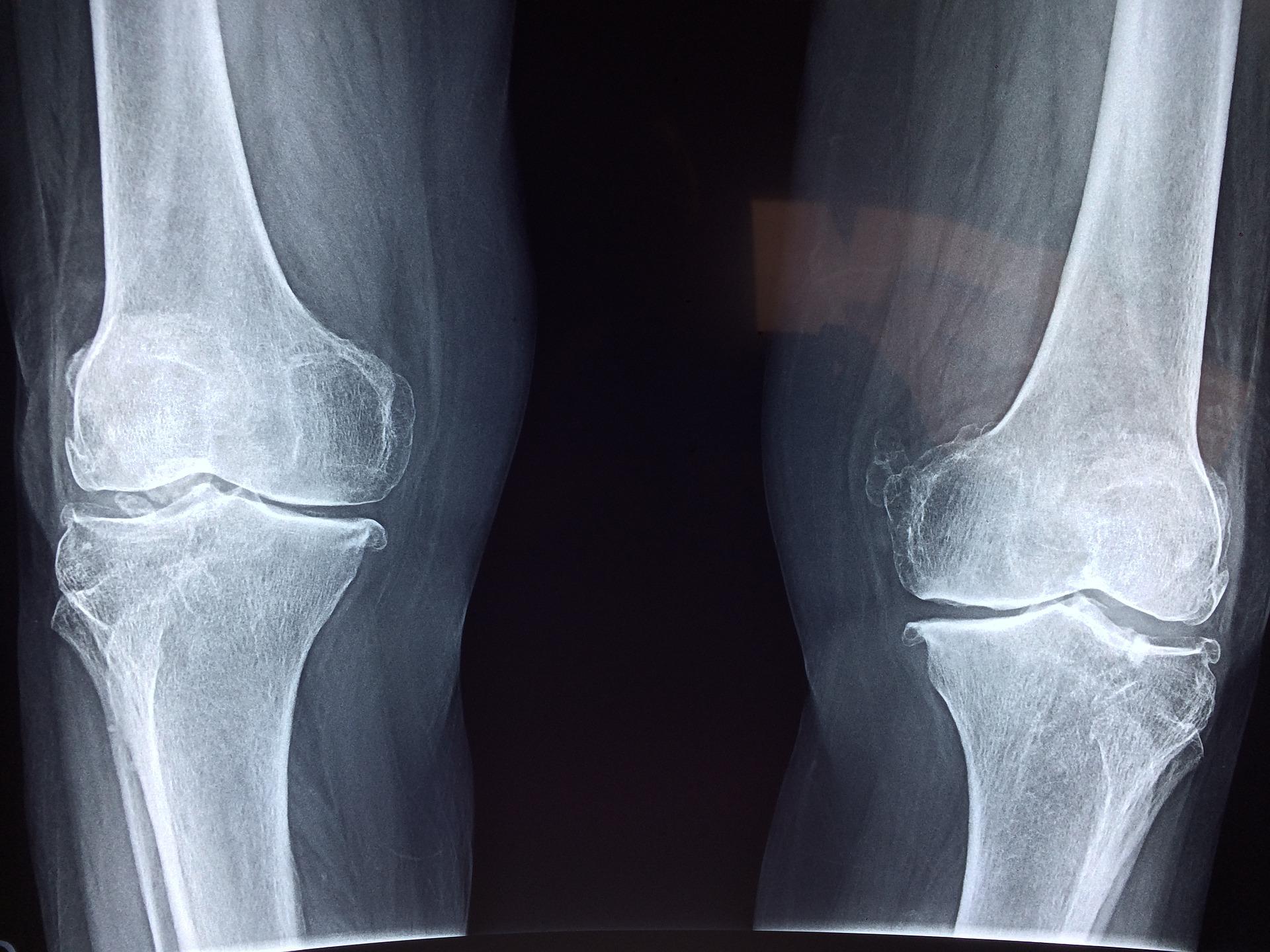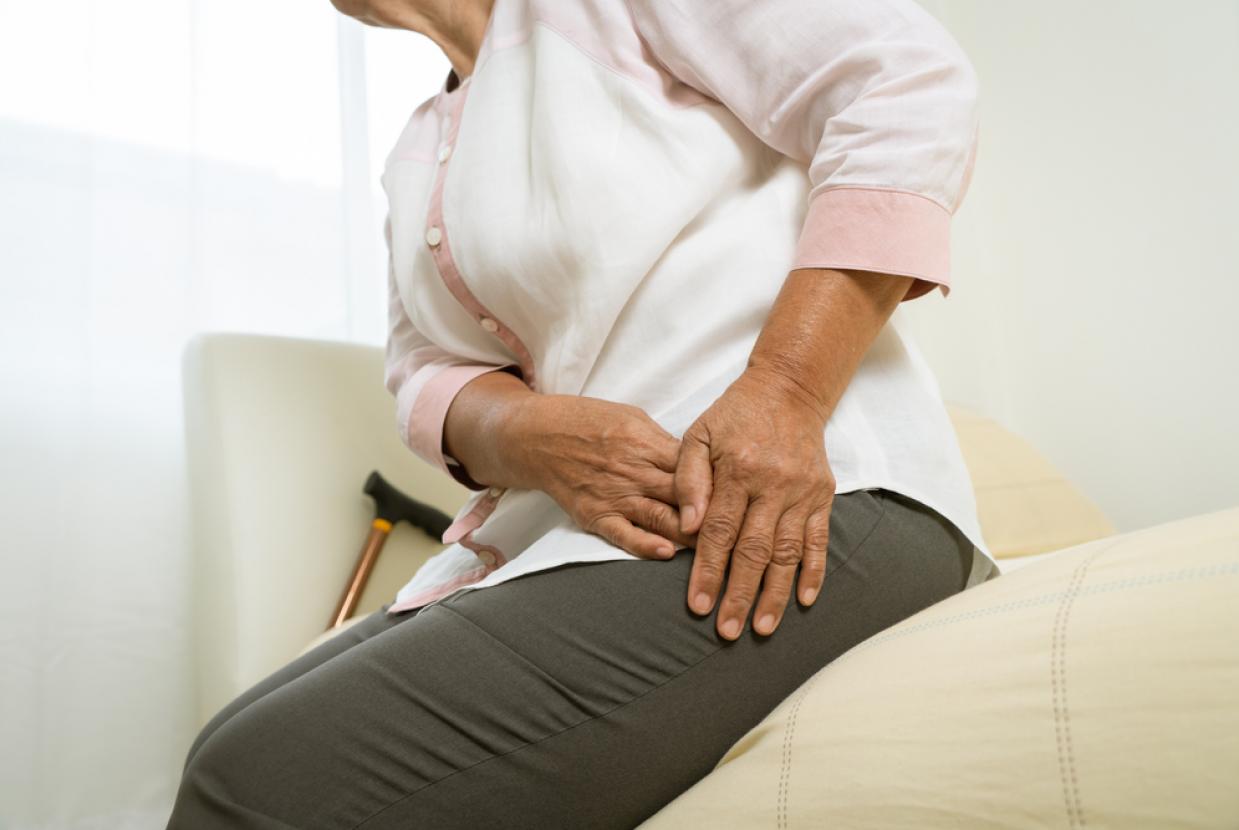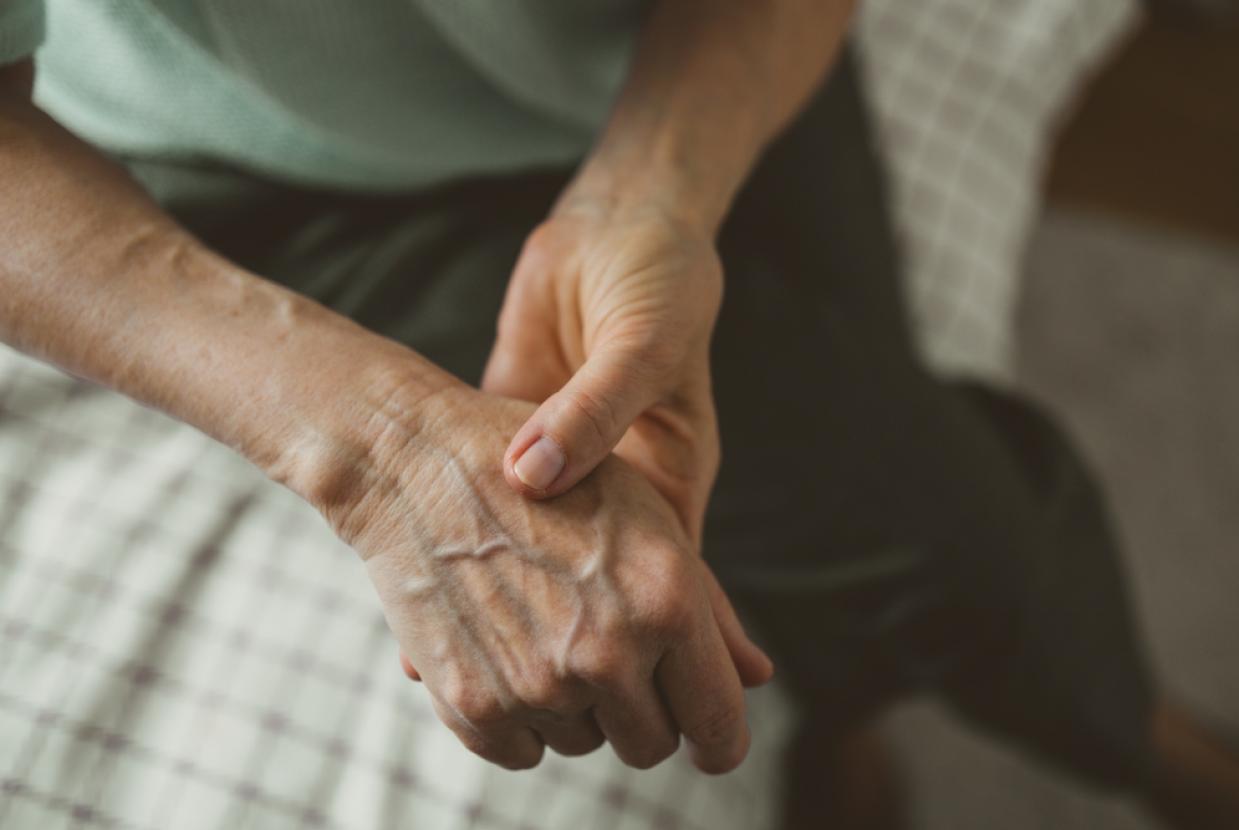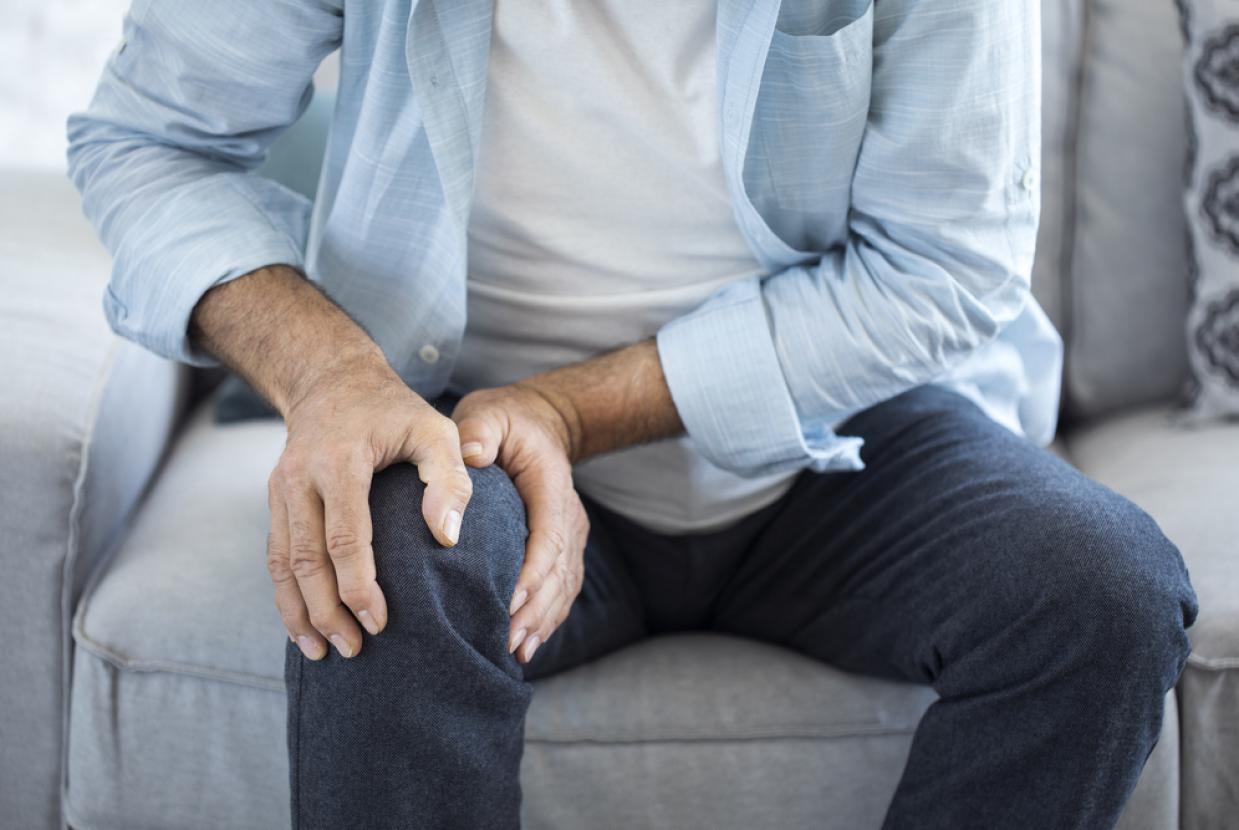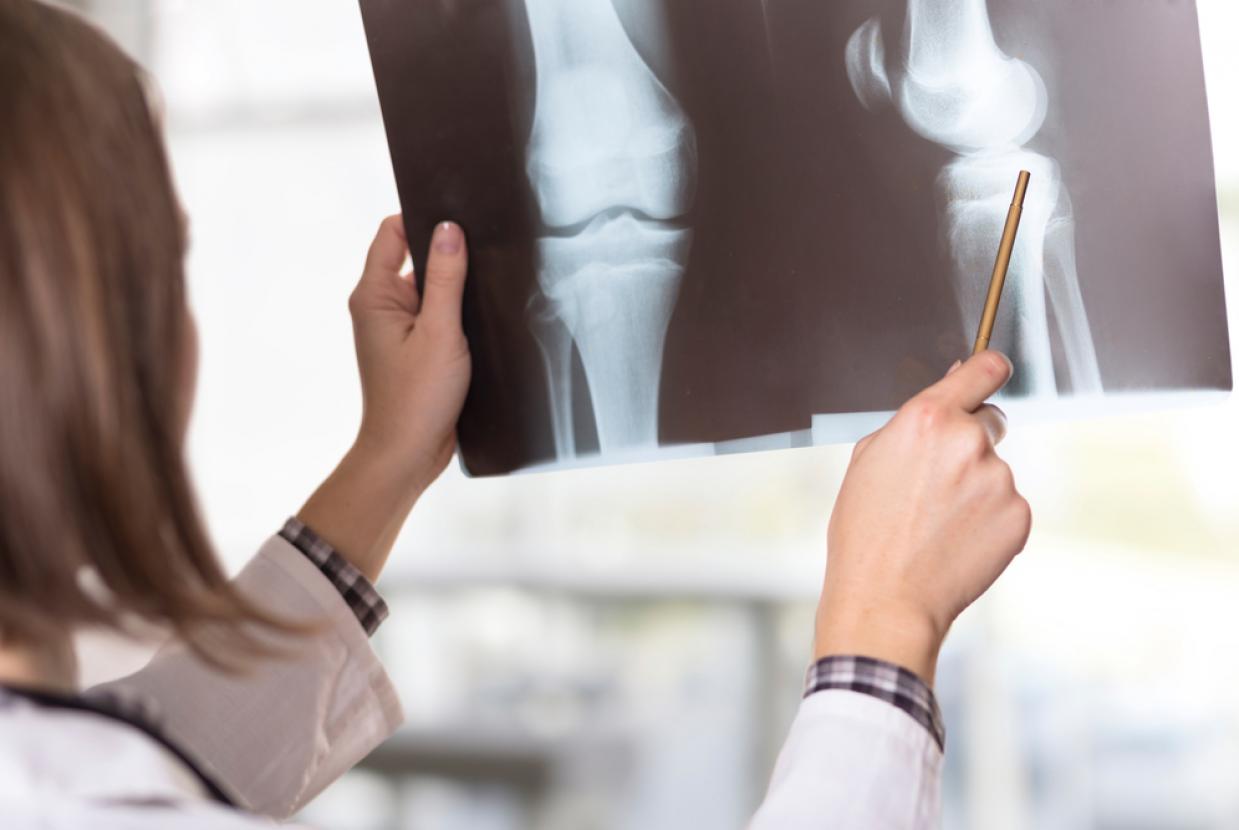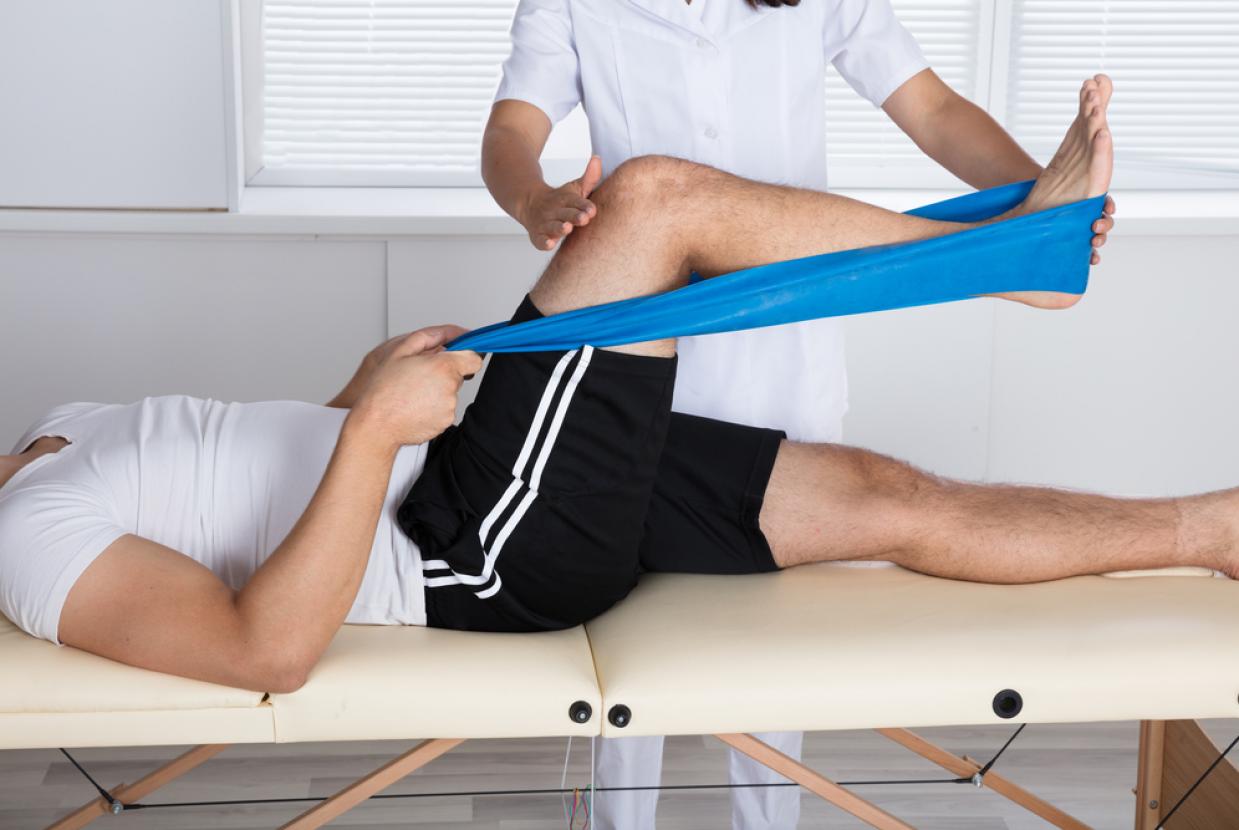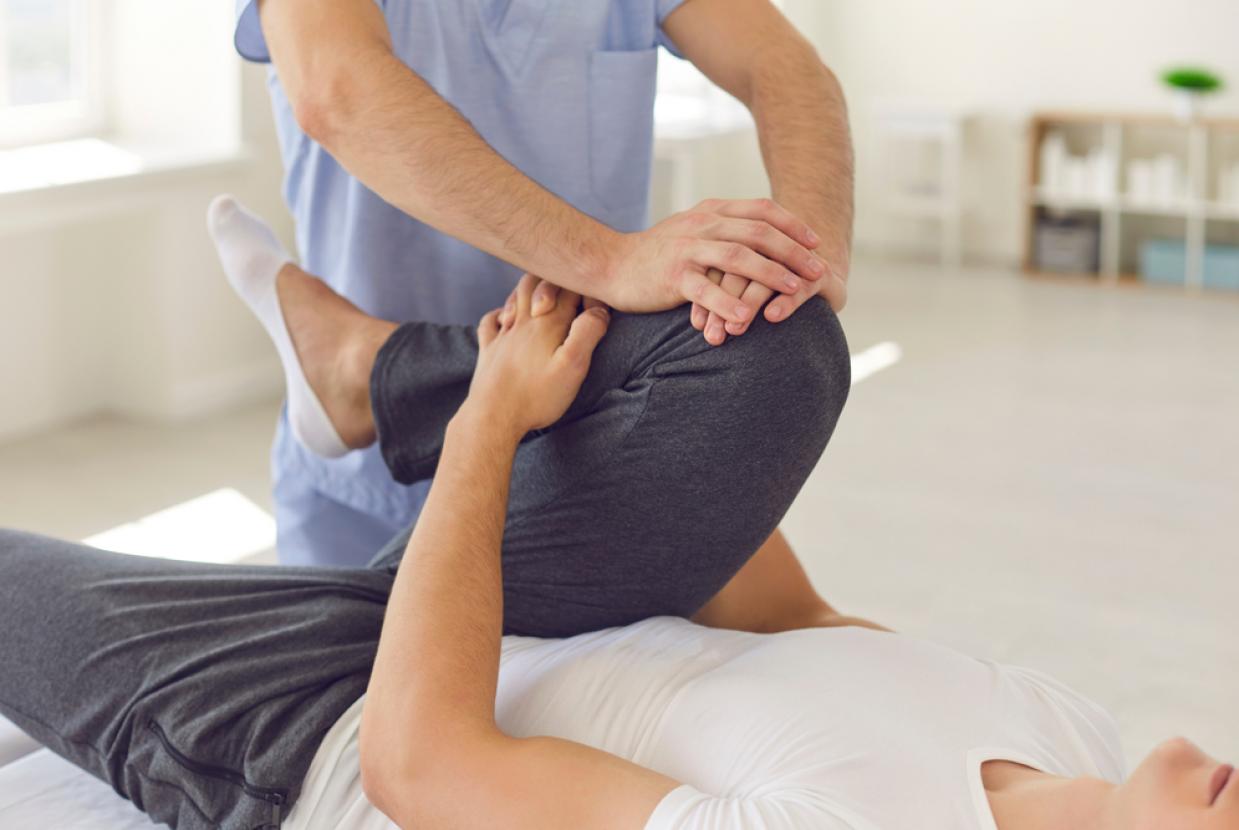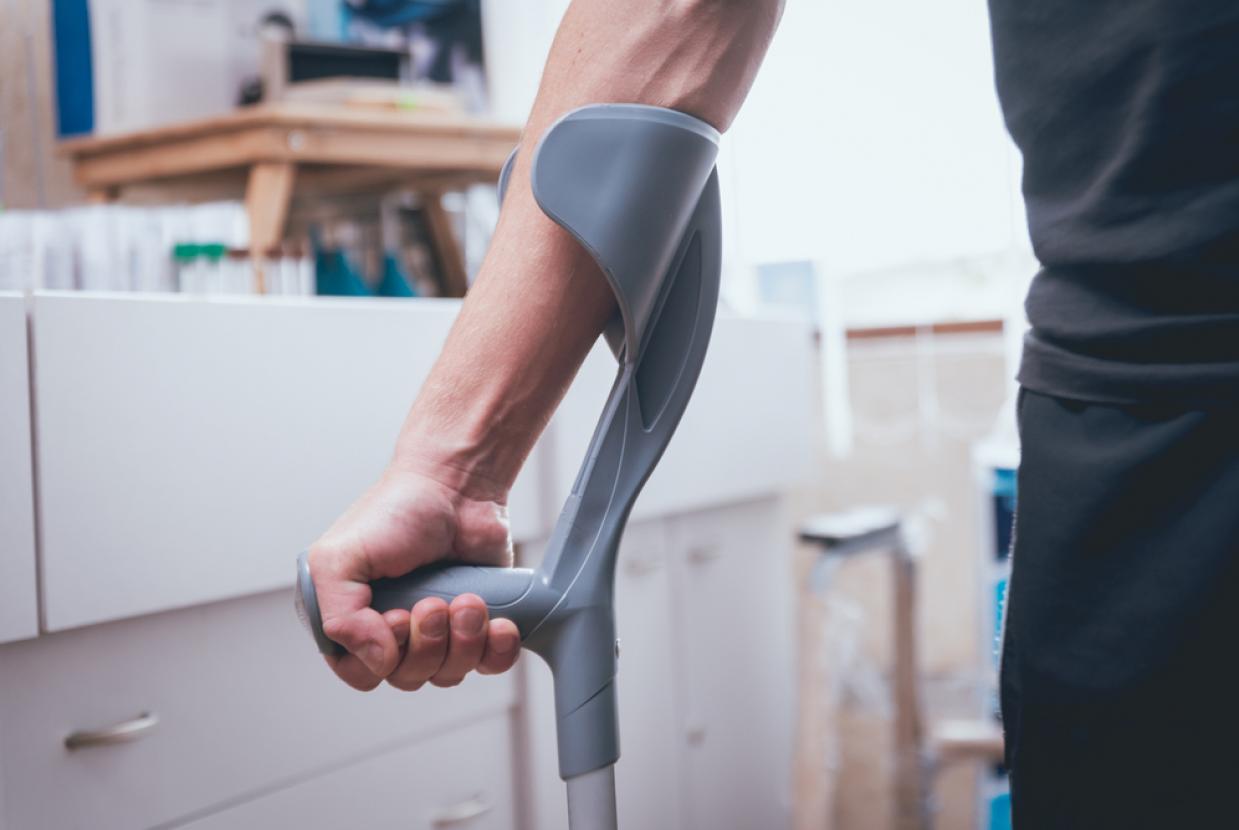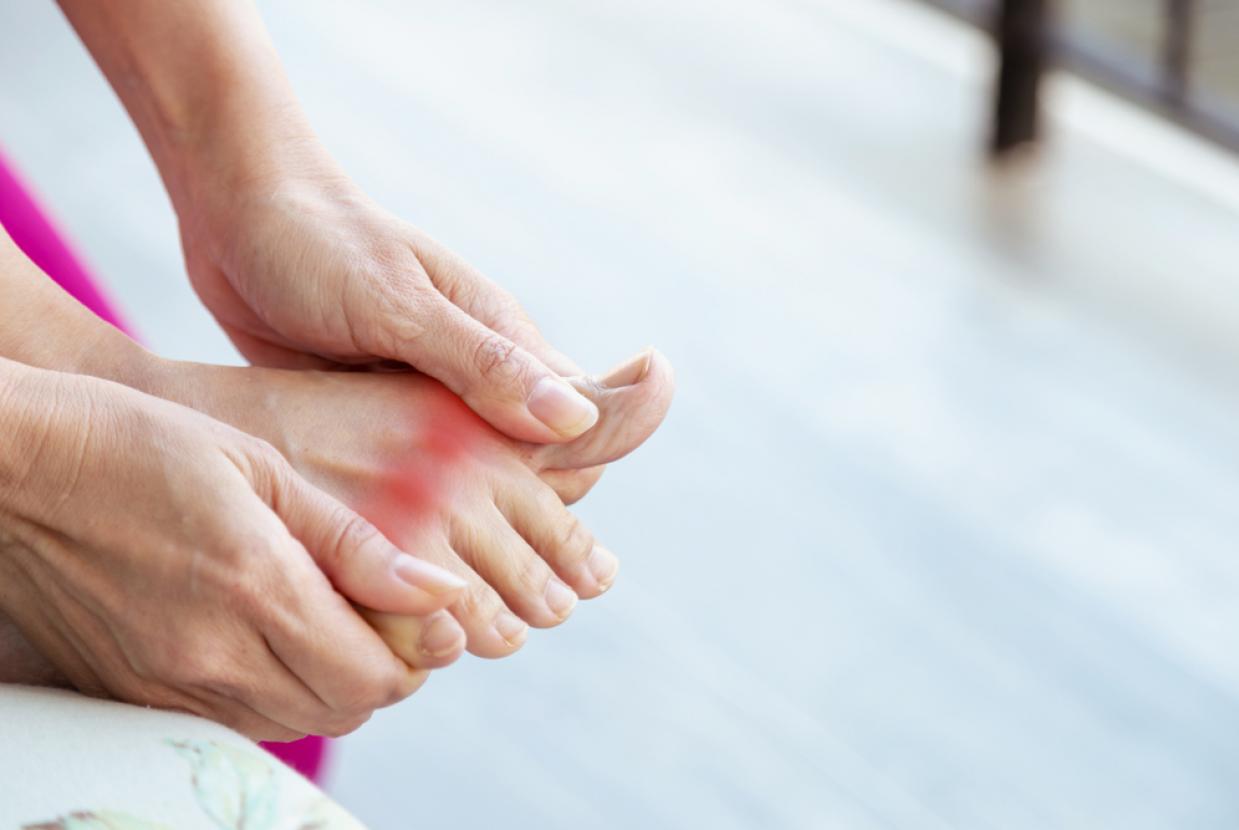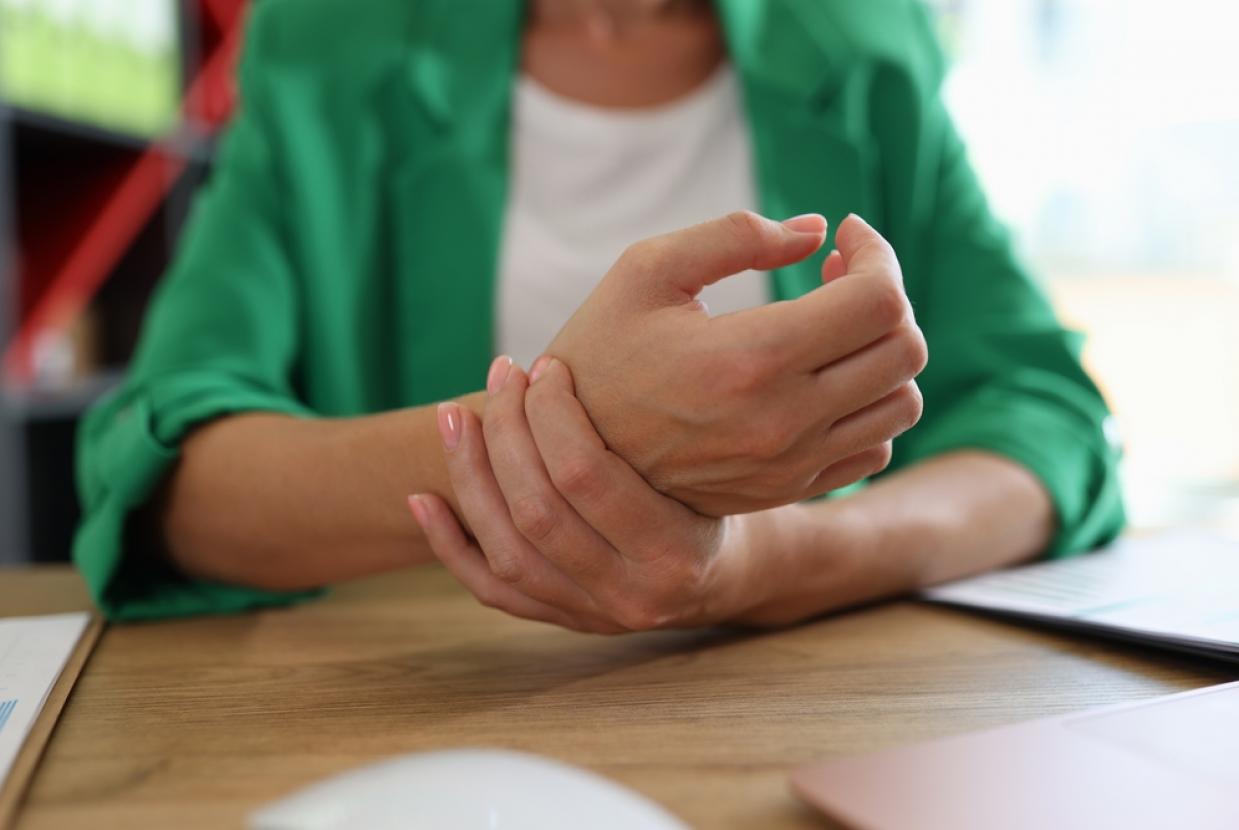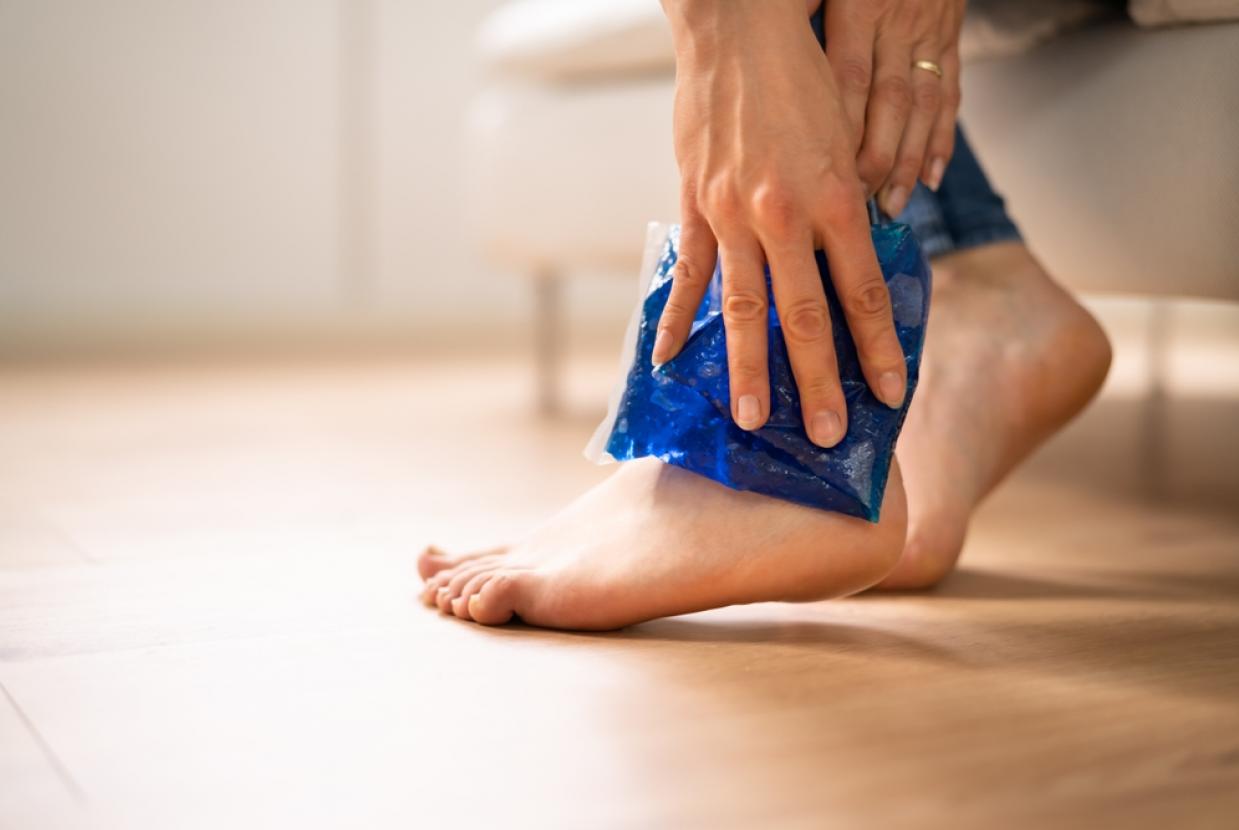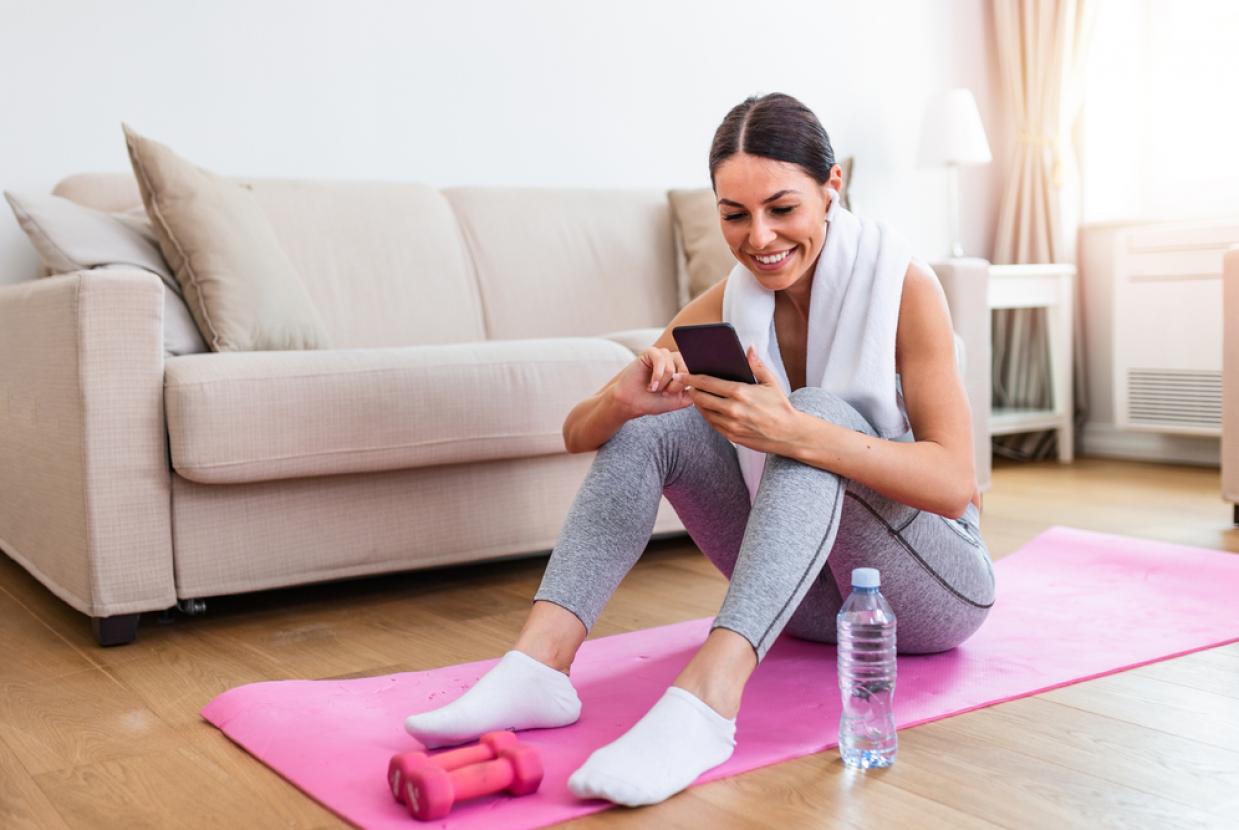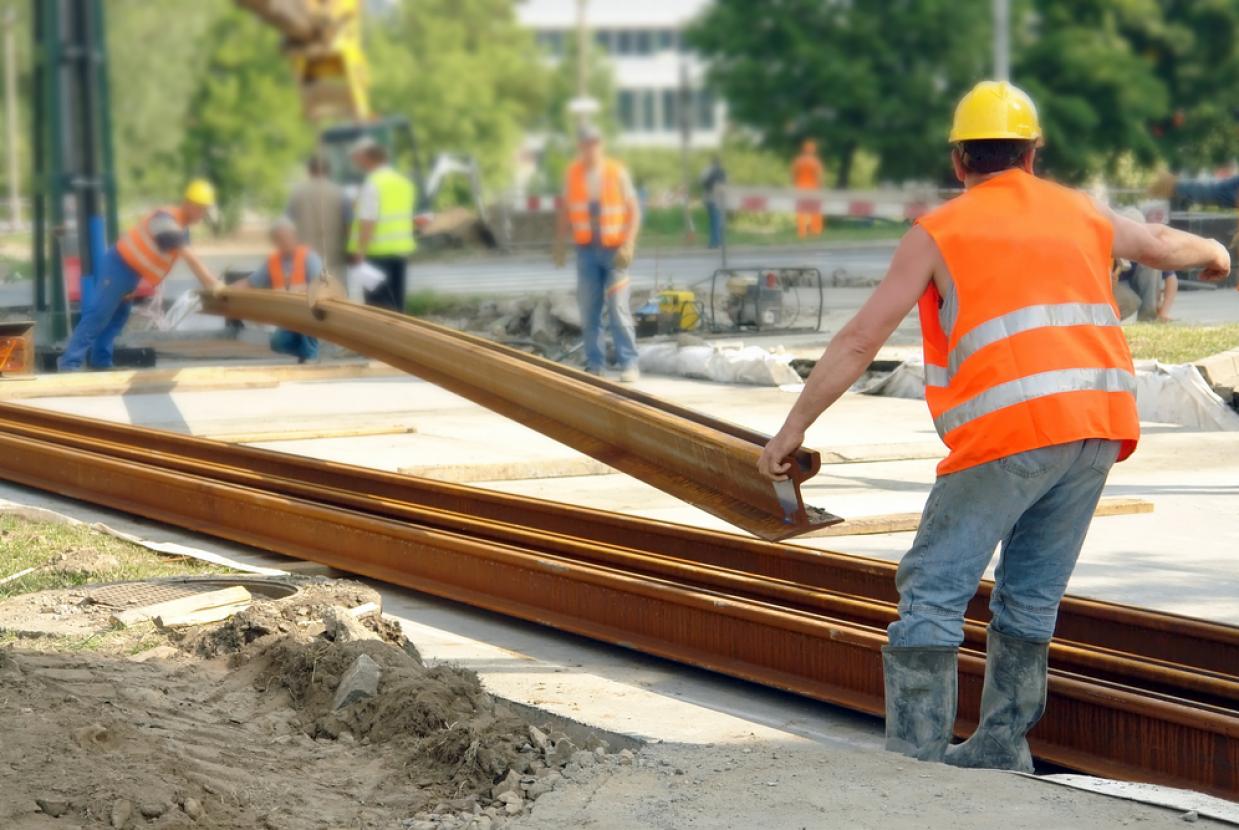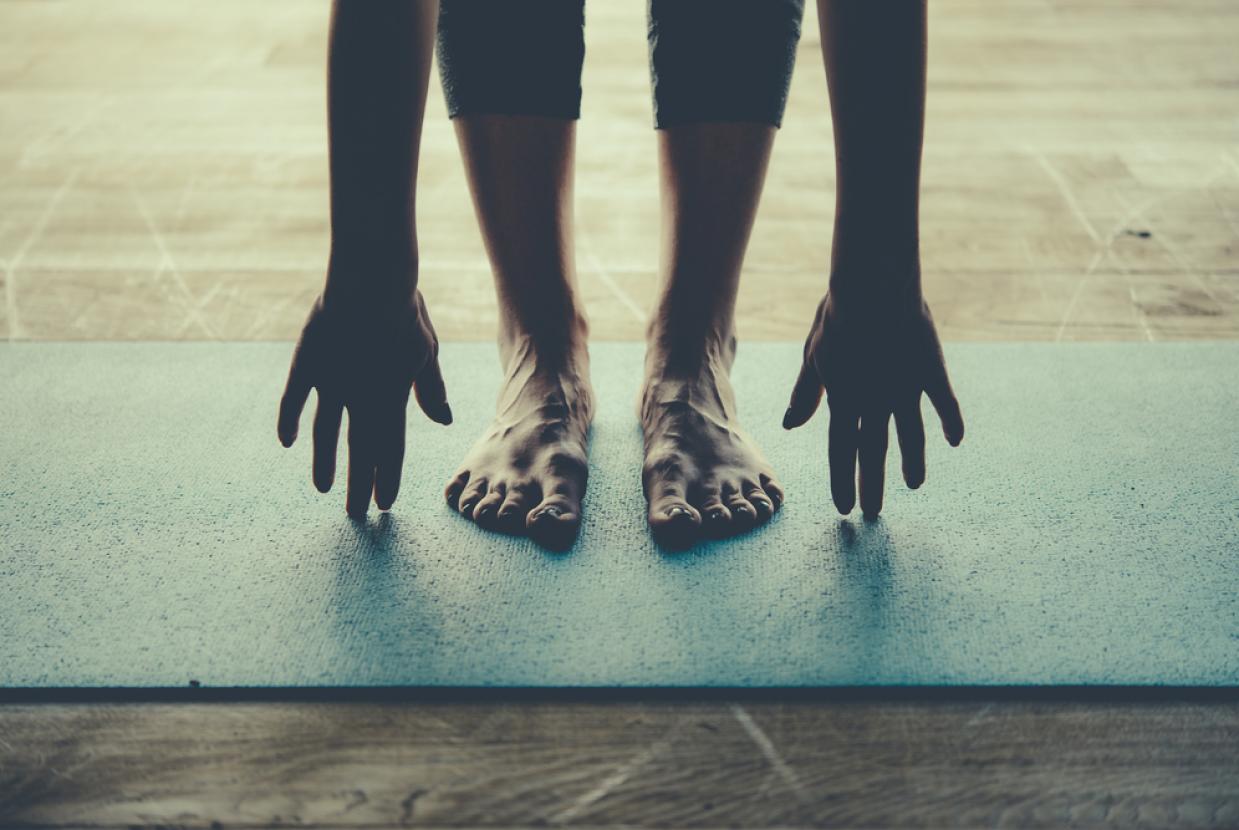Exercises For Sciatica
Some simple exercises and stretches you can do at home can help ease pain from sciatica (pain in your buttocks, legs and feet) and improve your strength and flexibility. Aim to do these exercises every day, along with other activities like walking, swimming or yoga. Your pain should start to ease within 2 weeks and will usually pass in about 4 to 6 weeks.
See a GP if:
- your pain doesn't improve within a few weeks
- you experience severe pain while trying any of these exercises
Knee to chest stretch
Start position: Lie on your back on a mat or the carpet. Place a small, flat cushion or book under your head. Bend your knees and keep your feet straight and hip-width apart. Keep your upper body relaxed and your chin gently tucked in.
Action: Bend one knee up towards your chest and hold it with both hands. Hold for 20 to 30 seconds with controlled deep breaths.
Repeat 3 times, alternating legs.
Tips:
- Don't tense your neck, chest or shoulders.
- Only stretch as far as is comfortable.
Variation: Grasp both knees and press into your chest.
Sciatic mobilising stretch
Start position: Lie on your back. Place a small, flat cushion or book under your head. Bend your knees and keep your feet straight and hip-width apart. Keep your upper body relaxed and your chin gently tucked in.
Action: Bend one knee up towards your chest. Hold the back of your upper leg with both hands, then slowly straighten the knee. Hold for 20 to 30 seconds, taking deep breaths. Bend the knee and return to the starting position.
Repeat 2 or 3 times, alternating legs.
Tips:
- Don't press your lower back down into the floor as you stretch.
- Only stretch as far as is comfortable.
Back extensions
Start position: Lie on your front and rest on your forearms with your elbows bent at your sides. Look towards the floor and keep your neck straight.
Action: Keeping your neck straight, arch your back up by pushing down on your hands. You should feel a gentle stretch in the stomach muscles. Breathe and hold for 5 to 10 seconds. Return to the starting position.
Repeat 8 to 10 times.
Tips:
- Don't bend your neck backwards.
- Keep your hips on the floor.
Standing hamstring stretch
Start position: Stand upright and raise one leg on to a stable object, such as a step. Keep that leg straight and your toes pointing up.
Action: Lean forward while keeping your back straight. Hold for 20 to 30 seconds while taking deep breaths.
Repeat 2 or 3 times with each leg.
Tips:
- Only stretch as far as is comfortable.
- Your lower back shouldn't arch at any time.
Lying deep gluteal stretch
Start position: Lie on your back. Place a small, flat cushion or book under your head. Bend your left leg and rest your right foot on your left thigh.
Action: Grasp your left thigh and pull it towards you. Keep the base of your spine on the floor throughout and your hips straight. You should feel the stretch in your right buttock. Hold for 20 to 30 seconds while taking deep breaths.
Repeat 2 or 3 times with each leg.
Tip:
- Use a towel around your thigh if you can't hold it.


